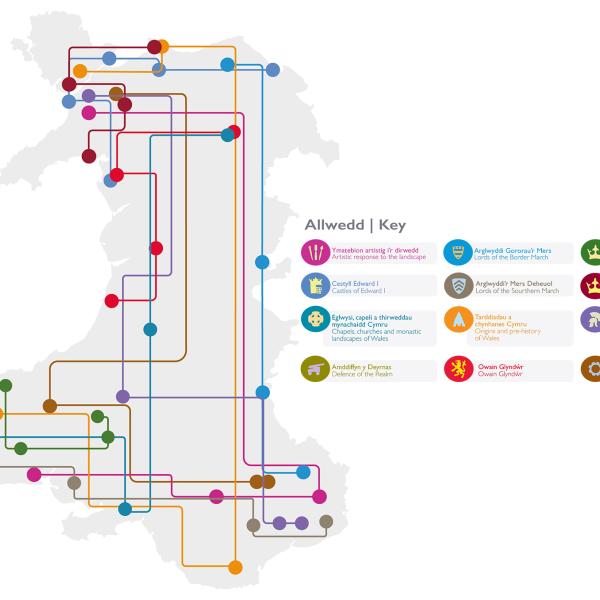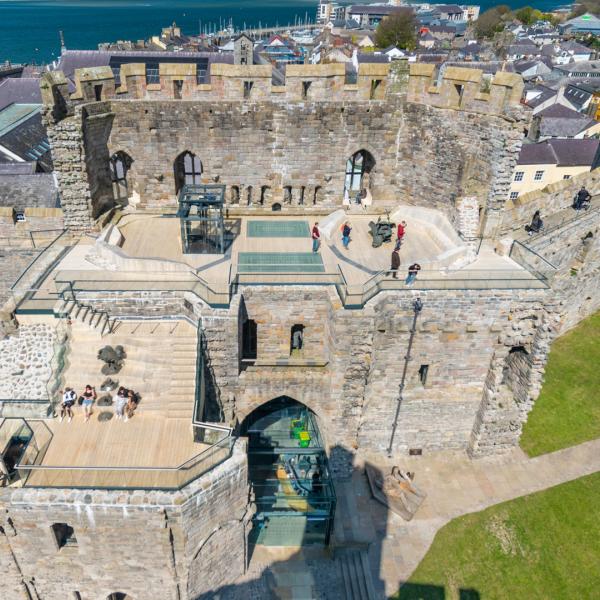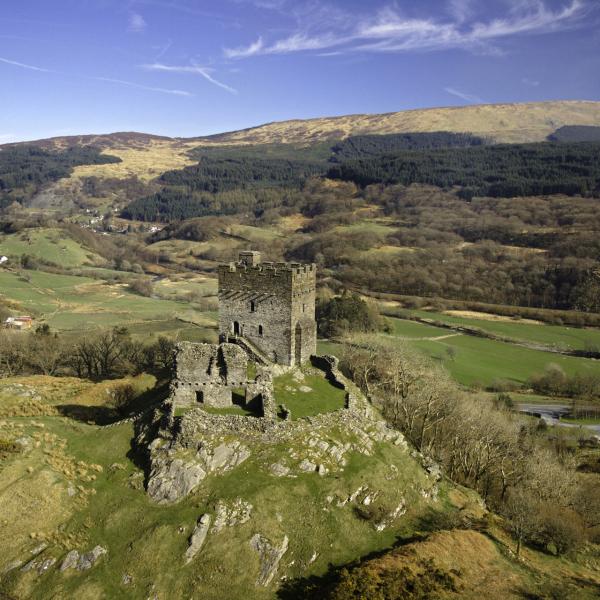Rock stars
The castles of Wales are famous the world over. Experts reckon there are over 600 of them. We might argue over the absolute number, but there’s little dispute that – in terms of pure might and ground-breaking military architecture – the castles of Edward I reign supreme.
Troubled times
But first, we need to lay the foundations that explain why they were built. Wales in the 13th century was a troubled place. Disputes between the native princes and the English crown were causing great tension.
Llywelyn the Great brought unity to the fragmented kingdoms of Wales as he fought tirelessly against the land-grabbing English border lords. Then grandson Llywelyn the Last came to power, upping the ante even further.
At first, Llywelyn rode the crest of a wave. The English king, Henry III, even officially recognised Llywelyn’s title as Prince of Wales in 1267. But in 1272, Henry died, leaving the throne to his son, freshly charged from the crusades.
Edward the game-changer
Llywelyn’s nemesis was the new king of England, Edward I (1272–1307). When Llywelyn refused to do homage following a number of disputes with the king, Edward launched a ferocious campaign to drive the Welsh back into their heartland of Gwynedd. Facing overwhelming odds, Llywelyn was forced to sign a peace treaty stripping him of much of his power and territory.
The scene was now set for one of the greatest periods of castle-building in history. Edward hammered home his dominance by constructing four new royal castles at Aberystwyth, Builth, Flint and Rhuddlan. But he is mainly remembered for his ‘iron ring’ of fortresses built in response to a further revolt spearheaded by Llywelyn in 1282. These policed the mountains of Eryri (Snowdonia), the fountainhead of Welsh resistance.
War… and a kind of peace
By 1282, Llywelyn was dead, killed not in a great battle but in one of those minor, accidental skirmishes often thrown up by war. Hopes of an independent Wales died with Llywelyn – and with Edward’s next move. The king left no stone unturned in his campaign to subdue Wales once and for all, initiating an unprecedented, no-expense-spared programme of castle-building.
All in all, Edward had a hand in creating no fewer than 17 castles in Wales. His masterpieces are the quartet of fortresses – Beaumaris, Caernarfon, Conwy and Harlech – now designated World Heritage Sites. Built to a concentric ‘walls within walls’ design and with strategic coastal access, they benefited from the attentions of the architectural genius of the age, Master James of St George. Apart from Harlech, they served as commercial as well as military centres, their foreign communities protected by sturdy town walls. Their UNESCO World Heritage status recognises the castles and their fortified towns as ‘the finest examples of late 13th and early 14th century military architecture in Europe, as demonstrated by their completeness (and) pristine state…’
A window into Wales
Edward’s castles are a window into the Wales of the 13th century. As medieval monuments they reveal English might and determination. But there’s an equally revealing flip side. Their strength also reflects the strength of resistance and endurance Edward encountered in Wales.


